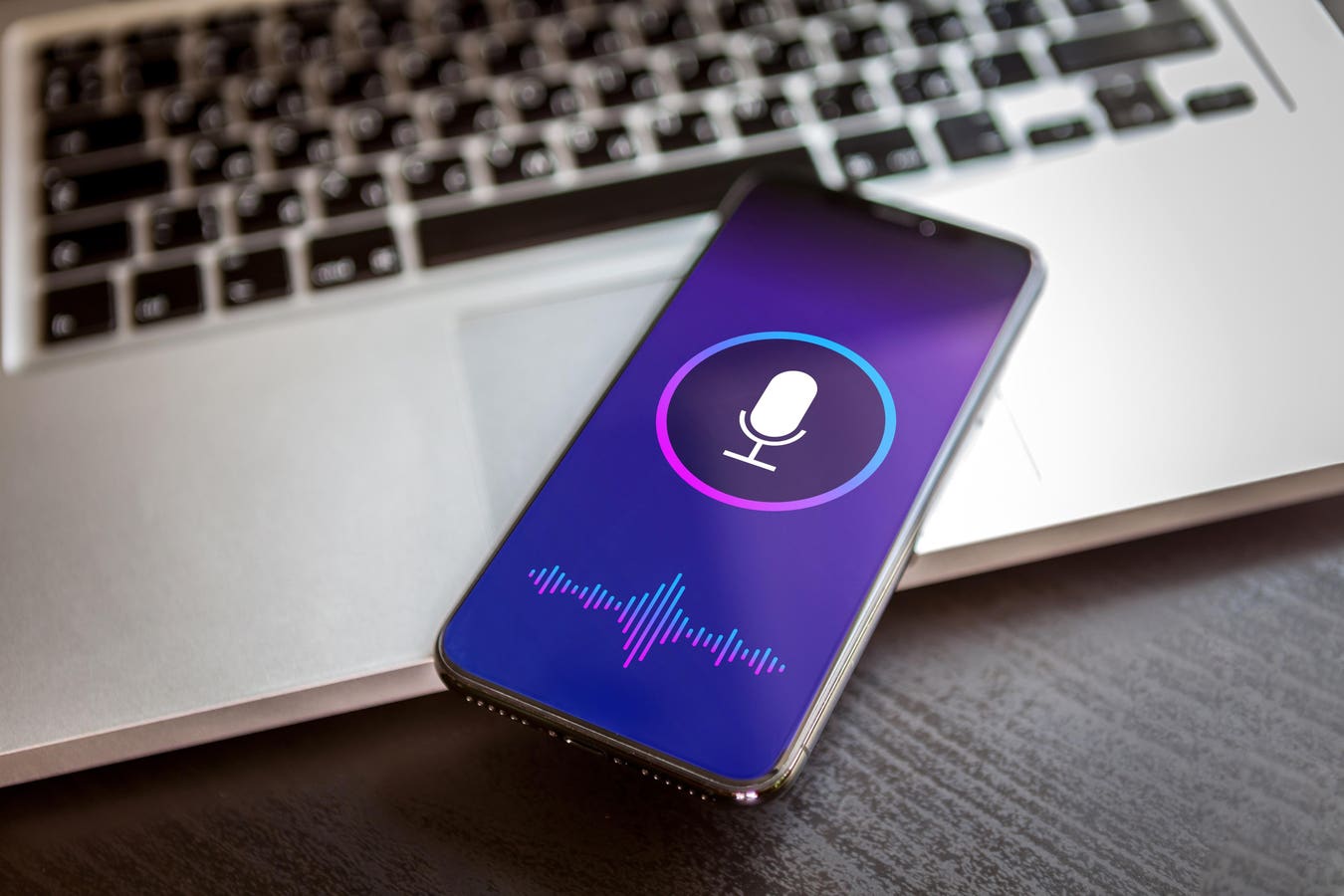As voice AI rises, the keyboard is no longer the gateway to productivity.
For decades, the way we work has been shaped by the tools we use to communicate with technology. We type. We click. We format. We adapt to the interface.
Which is why, when Gen-AI tools appeared, we assumed we needed to teach ourselves new interfaces for these new tools. We created lists of great prompts, classes on how to write them, and even posted hiring ads for prompt engineers.
But what if AI, instead of asking us to prompt it, simply listened when we spoke?
We are entering a moment where the keyboard is no longer the front door to productivity. Instead of typing instructions, we’ll speak. And instead of learning to navigate systems, systems will quietly learn to understand us — not just by listening, but by working in the background. Work will listen, adapt, and then talk back — and change how we work.
From Tools to Conversation
For much of the digital age, being “tech-savvy” meant knowing how to operate the tools. How to find the right menu, format the right cell, write the right query. We learned the mechanics of input.
Now, the shift is from input to intent. When conversation becomes the interface, rather than prompting a system with pre-structured commands, we explain what we want. We talk the way we think. And the system figures out the rest.
“It actually takes you four times longer to type something out than it does to say something,” said Josh Blalock, chief evangelist at Jabra, on The Future of Less Work podcast. He noted that the shift is bigger than just replacing typing with dictation — it’s about removing the need to structure our thoughts to fit a machine’s expectations. The friction of formatting, of reducing ideas into clickable, typable commands, disappears. In its place is a more natural exchange.
The Rise of Ambient Work
But voice isn’t the only way technology is integrating more naturally into our lives. Parallel to the rise of voice is the emergence of ambient AI — technology that doesn’t wait to be summoned, but quietly works in the background. It listens. It observes. It assists when needed — and fades away when it’s not.
The ambient layer is what turns smart into seamless. It’s the calendar that auto-schedules based on intent, the meeting assistant that transcribes and summarizes without being asked, the system that nudges you at the right moment because it knows the context. It’s a move from interaction to intuition.
And the implications aren’t just about helping people work more easily — they’re about helping the work itself become smarter.
Take Arthur Vibe, for example — an AI collaboration tool that conducts conversations with employees to uncover patterns across interviews. Imagine, for example, a root cause analysis conducted real time by a system that talks to all involved, asks follow-up questions based on prior conversations, and draws out more candid insights.
“If tech was pulled out of it and it was invisible and assistive, then humans would just interact with humans,” said Punit Singh Soni, CEO and founder of Suki, on The Future of Less Work. His company uses voice AI to eliminate the documentation burden for healthcare workers, putting the attention back on the patients. Ambient AI, Soni explained, isn’t just voice — it’s contextual, always-on intelligence that can “pick signals based on what the human being is in the middle of and use it to enhance their experiences.”
And because ambient AI is multimodal — powered by voice, video, and data trails — it collapses the boundary between physical and digital space. “If we had ambient clinical intelligence that could listen and take all of that and create structured documentation, extract diagnosis codes, prescribe orders,” Soni added, “now the doctor can just focus on you and focus on your issue.”
A More Human Way to Work
The implications of these shifts go far beyond productivity. It allows us to move away from “doing work about work” and back to real contribution. Not everyone is a strong writer or a fast typist. Not everyone knows how to structure prompts. But everyone knows how to talk. And so work becomes more about what you want to do — and less about how well you can navigate the system.
As voice and ambient systems mature, they will lower the barriers for those who’ve been excluded by the complexity of traditional interfaces. This will help teams collaborate more naturally across time zones and languages and open the door to a more inclusive, accessible, and human-centered experience of work.
The question ahead is not whether these technologies will arrive — they’re already here. The question is whether we’ll design work in a way that lets people thrive within them.
That means building systems that are not only intelligent, but respectful. Interfaces that don’t overwhelm with interruptions. AI that helps rather than replaces. Workflows that prioritize what’s uniquely human.
This is not about doing less work. It’s about doing less of the wrong work. Less friction. Less translation. Less cognitive overhead.
That’s the real promise of this next phase of work: tools that adapt to us, not the other way around.









